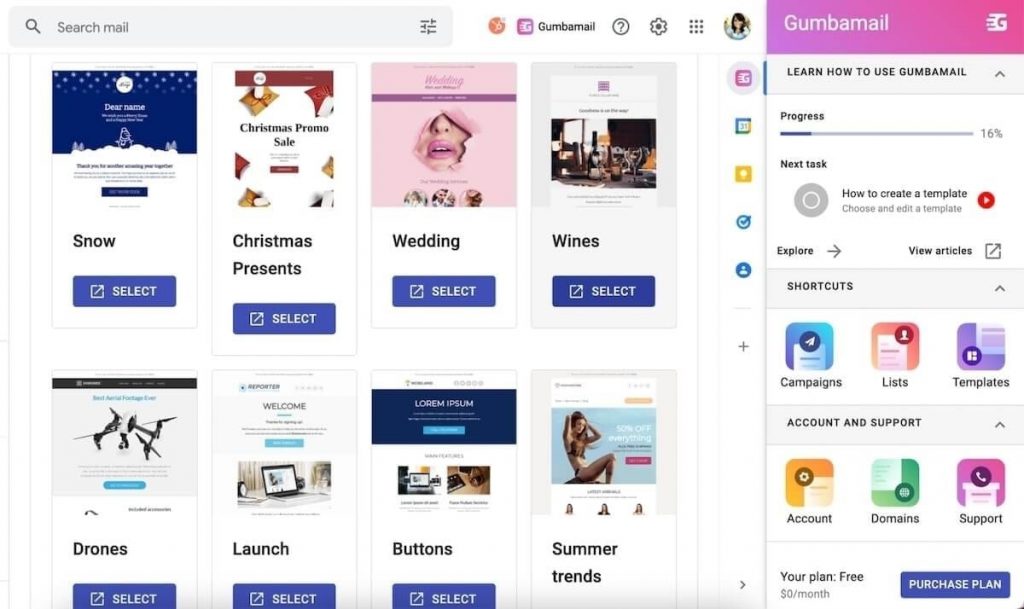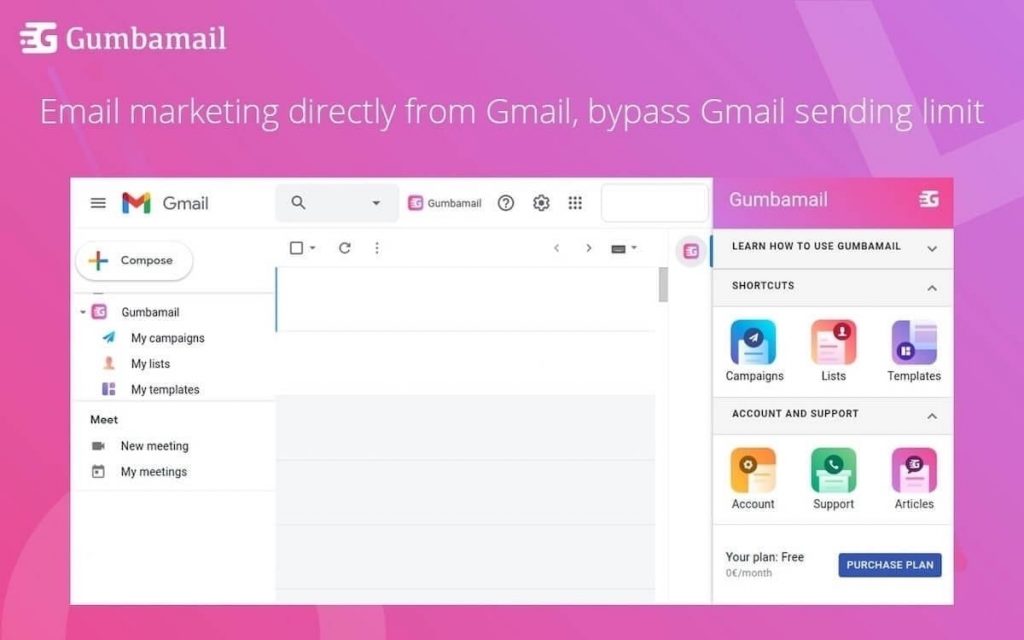15 Email Campaign Ideas to Attract Paying Customers
Are you battling a case of writer’s block for your next email campaign? Below, we share 15 email campaign ideas to help transform readers into paying customers.
Keeping your email list engaged is a delicate balance. You need to communicate often enough to stay top of mind, but not so often that you bombard their inbox (thus spiking your unsubscribe rate). You need to send high-quality, personalized content relevant to their interests, without getting so targeted you drain your internal resources.
And lastly, you need to select a variety of topics and templates to hold your readers’ interest, without straying so far your message appears off-brand.
To help you walk the thin tightrope that is email marketing, we dive into a roundup of email campaign ideas below. Plus, we explain how to execute each campaign to stay relevant to your audience.
15 Email Campaign Ideas to Engage Your Audience

Looking for some inspiration for your next email marketing campaign? Save these campaign ideas to help entice potential customers into making their first purchase:
- Welcome email: As a best practice, you should always send an automated welcome campaign to new subscribers. Confirm their subscription to your list, highlight the type of content they can expect in the future, and offer links to your most shared content or popular products.
- Flash sale: Do you have inventory you’re desperately trying to get rid of? Send a 24-hour flash sale with a coupon for 50% off their next purchase.
- Referral campaign: One of the best ways to find new customers is through word-of-mouth marketing. Send a special promotional email to existing clients promising 20% off to them and a family member or friend.
- Special giveaway: Are you gearing up for your next virtual webinar or in-person event? Send an email giving away free tickets to a random subscriber who shares the event on their social media channels (and tags your business, of course).
- Cart abandonment email: Sometimes, potential customers add an item to their shopping cart, but fail to make a purchase. To help increase sales for your online store, send an automated email to customers reminding them of why they should make the purchase.
- Monthly email newsletter: One of the benefits of email marketing is that it helps you stay top-of-mind with your subscriber list. Send a regular email with new products, upcoming events or special offers, or industry news relevant to your audience.
- Re-engagement email campaign: Do you have a segment of subscribers who made a one-time purchase, only to never be heard from again? Send them a special discount code to entice them to make a repeat purchase.
- Anniversary or birthday emails: Most email providers have the functionality to create custom fields, where you can store customer-specific data such as their birthday or anniversary of their first purchase. Each year, send an email copy thanking them for their loyalty and support, plus a special coupon to use throughout the month.
- Testimonial email: Positive reviews on Yelp, Google, or social media platforms can help you reach a new customer base. Send an eye-catching email asking current customers to leave you a review in exchange for 10% off their next purchase.
- Black Friday sale: The holiday season is often a large money-maker for small business owners. Develop a marketing strategy leading up to Black Friday, creating a three-part series to be sent one week prior, on Black Friday, and on Cyber Monday to transform email subscribers into paying customers.
- Recommended products email: Sales and marketing experts agree that repeat customers create more revenue for your company than first-time buyers. To increase customer retention, send an e-blast to your target audience recommending complementary products based on their respective purchase history.
- Spring cleaning sale: Spring is an excellent time to get rid of outdated or holiday inventory. Send out an e-commerce email offering subscribers a buy-one-get-one-free deal to make way for new products.
- Customer surveys: Rather than guess as to which products you should stock, which services you should offer, or how you could improve the overall customer experience, simply ask your target audience. Send out an e-blast with a clear call to action (CTA) asking customers to fill out a brief survey in exchange for 10% off their next purchase.
- Follow-up email: To take your customer service to the next level, follow up with new customers after they make their first purchase. Send them a targeted email asking whether they’re satisfied with the product, and offer recommendations for future items.
- Free course: If you offer a service-based (versus a product-based) business model, your sales cycle could easily stretch three months to a year. To help push potential clients toward the finish line, draft email content offering a free webinar or video course sharing your knowledge about a certain topic.
Before You Send: 5 Things to Know Before Launching Your Campaign
Once you select your next email campaign, the work is just getting started. To ensure your email marketing strategy goes off without a hitch, consider these items:
- Send time: Readers’ time and inbox space is valuable, which is why you should send your campaign at a date and time that works for their schedules. Surprisingly, research by GetResponse shows that sending emails at 4 a.m. and 6 p.m. resulted in the highest open rates, on Fridays and Mondays. However, you need to choose what works for your unique audience.
- Email template: A great email isn’t just about expertly wordsmithed copy. Instead, it includes a great user experience, with headers, on-brand visuals, and a powerful CTA button guiding readers to make a purchase.
- A/B testing: Digital marketing experts know that you should make decisions based on cold, hard facts — not gut instincts. Therefore, conduct A/B tests on email subject lines, CTAs, and body copy to determine which message(s) resonate best with your audience.
- Personalization: Readers know when they’re on the receiving end of a mass email. To transform a good email into a great email, use custom merge tags to create a personalized email using the recipient’s first name, past order history, birthdate, or other details.
- Reporting: No matter what type of email you choose to send, you should always look at the end results to determine what strategies worked, and what needs to be refined. Use marketing tools that come with a built-in reporting dashboard so you can track opens, clicks, unsubscribes, and other metrics.
Use Gumbamail to Send Your Next On-Brand Email Marketing Campaign

Hopefully, these email marketing ideas gave you inspiration for your next campaign. However, before you start drafting email content, you need the right tools.
Gumbamail is the easy-to-use email marketing plugin that works in conjunction with your existing Gmail account. Gumbamail comes with 800+ pre designed email templates, allowing you to put the above campaign examples into practice. Plus, Gumbamail comes complete with a drag-and-drop email builder, advanced reporting, and custom merge tags to help you execute a flawless, on-brand, personalized campaign. Plus, with all paid-for pricing plans (starting at just $9 per month), you can send unlimited emails each day, effectively bypassing Google’s sending limits.
Ready to see how Gumbamail can help you transform your email marketing strategy? Download the free plugin today.


